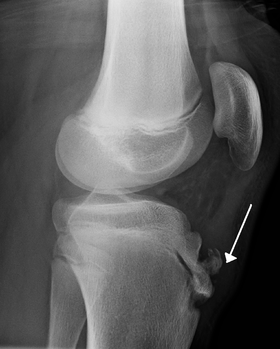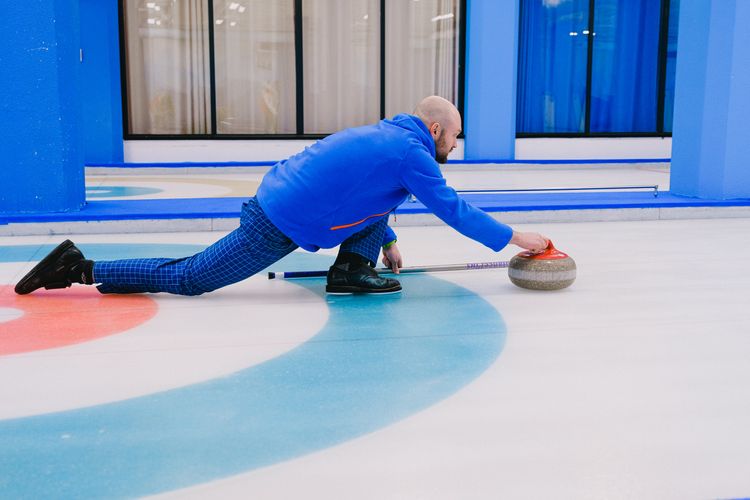🦀 #47 - BFR for OA = No Way

This week, we’ve got a fair bit of bad news (or at least disappointing) and the early stages of a simple, cool, new test.
Let’s dive in!
BFR for OA? No way.
The Gist - Our next Debbie Downer article comes from the world of Knee OA, where they looked into BFR’s ability to enhance functional ability, physical function, lower limb strength, and muscle volume in patients with OA. What’d they find? It works about as well as non-BFR does. With one catch.
Across the studies they looked into, BFR’s effectiveness was statistically indecipherable from that of regular strength training, excepting that it reduced pain during exercise (not after, just during). The authors are likely not old people with sore knees and so down-played this analgesic effect, but I think it could be important, especially for your grumpy olds who won’t push themselves if it hurts at all. Their outcomes will be similar to people in traditional training, but they’ll hurt a bit less while doing it. Sounds good to me.
Tell Me More - This systematic review was the exact opposite of the dismal OSD one above. They had great data to work with, 9 well-organized studies to pull data from. That let them have a few good summary pages that are well worth checking out to get an idea of the research going on here. Overall, the studies provided low-to-moderate quality evidence that there’s no difference in clinical outcomes between resistance training and BFR training. That led the authors to conclude that BFR use is not supported for knee OA, since it’s an add-on that takes time and energy with no increased effect. They end with this little note: “In the event that some people with knee OA cannot complete an adequate exercise pro- gramme due to pain, BFRT may be an option to facilitate less painful exercise.” So keep that in mind when you’re workin’.
Paper? Yupp Yupp Yupp.
Frickin’ Laser Beams
The Gist - New test alert! At least, that’s the goal of this interesting research, as a bundle of researchers come up with a simple clinical test to demonstrate head-trunk coordination impairment in neck pain. Apparently, that’s a real problem, especially with driving and running and whatnot, so these guys sought to test it without using 3D motion capture. Instead, they grabbed two lasers, one for the head, one for the chest, and an iPhone on a tripod. They had patients focus the head laser on a target 3 feet away, then rotate their trunks 45° while keeping the head laser in place. This was all recorded on the iPhone to check and measure later. The next pain group “had significantly greater head deviation in both directions for all tasks” with an effect size that was medium-large and “a poorer performance on the task was related to greater levels of both neck pain intensity and disability.” Cool!
Tell Me More - It’s to early to tell if this will be a clinically useful test and we don’t have and MCID or anything like that yet, but it’s really great news for a cool way to check this type of coordination. According to the authors:
We observed that generally all participants tended to move their head with the trunk, but those with neck pain had more difficulty keeping their head centred on the target while moving the trunk. Clinically, the test demonstrates ability to distinguish such differences without the need for expensive motion-sensing equipment and supports previous research using more sophisticated equipment . Whilst differences of less than 2 degrees of head deviation may not be greatly appreciable to the eye, the use of lasers and a target is a well-established method of appreciating impairments of this magnitude.
If you want to try it yourself, grab a laser (you only need one but they used two to make the trunk rotation measures easier) and somewhere to mount an iPhone et voila! Read the paper first too, it’s quite easy to read and understand, so I highly recommend it.
Alright, I’ll Read It. Great!
That’s our week! Don’t forget to vote on the question at the top if you’re interested in talking with fellow readers of PT Crab. This would probably to done via an account-mediated comments section on the website (PTCrab.org) but I could be talked into a Facebook group or Discord server as well. Not sure yet. And thanks!
Cheers,
Luke






Comments
Want to leave a comment and discuss this with your fellow PTs? Join PT Crab and get summarized PT research in your inbox, every week.